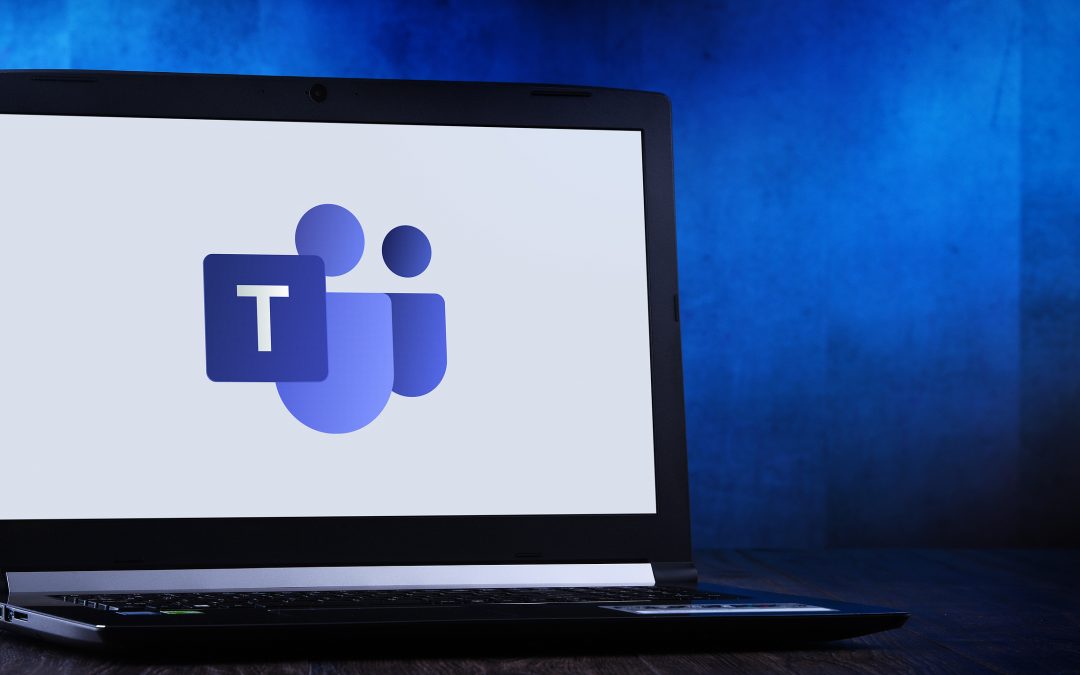When your small business adopts new productivity tools, there is always a learning curve. The company leadership is usually excited about all the productive features that they just had explained to them in a software demo and are looking to see that materialize in their organization.
But what often happens is that employees aren’t given enough training or don’t take the time on their own to learn the new tool, so they end up running into road bumps. They may be using a great cloud tool, but only using a fraction of its features, thus the company is not seeing the benefit expected. One of the most popular team productivity tools is Microsoft Teams. User numbers have skyrocketed since the pandemic because of the increased number of remote workers. In March of 2020, MS Teams had 44 million active daily users, and by April of 2021, that number shot up to 145 million. If you and your team are using Microsoft Teams, we’ve got several tips below to help you optimize your experience and boost workflow productivity.
Take Time to Learn the Application & Features
While many cloud apps are designed to be easy to adopt, it’s still important to learn the interface. If you just try “poking around” in the app, then you’re bound to miss important best practices. There are many resources online for Teams that can show you how to get around the application and important tips and tricks. We can also help with tailored team training.
Create Customised Notification Settings
These days, apps notifications can add up quite quickly and interfere with concentration. To keep that from happening in Teams, visit your notification settings to create custom notifications preferences. By customising your notifications in your app settings, you can control how many alerts you get, what you get them for, and how you get them. For example, you might not want to get a notification every time a new message pops up in a channel, and instead, only want to get a sound alert when your name is mentioned.
Use a Meaningful Structure for Teams Channels
It’s easy for a company’s MS Teams application to get disorganized quickly if there is no structure to your channels. You can create teams groups to which you invite specific users. Within those teams, you can create various communication channels. When Teams is first introduced, you want to have everyone decide on the structure for those groups and channels. For example, you might decide to create a different group for each department in your organisation, and then create channels for things like document sharing, customers, etc. As with any type of system, you want to organize how your conversation channels are laid out so everyone knows where to go when discussing a particular topic and searching for information.
Use Tabs to Bring in External Resources
Teams has a handy feature called Tabs that allows you to bring websites and 3rd party apps into your Teams environment. This is helpful in that it allows a team to have important links that are used often inside their main Teams channel environment. You can also easily move between your workflow apps without having to go outside the Teams platform, which can eliminate time wasted switching between work apps. 68% of surveyed employees say they waste about 30 minutes per day just switching between apps.
Take Advantage of Word, PPT, & Excel Collaboration
It’s not unusual to have to collaborate with colleagues on documents like spreadsheets, Word documents or PowerPoint presentations. Rather than having to shuffle these files back and forth, you can both work in a document at the same time by sharing it in a Teams channel. This will allow you to open the document, see where each team member is typing, and open a chat sidebar that allows you to have a conversation about the document at the same time.
Learn How to Group Conversations in Message Threads
One way to keep conversations in a channel better organized is to use the reply function, rather than the “new conversion” function when replying to a specific comment. This allows you to keep topic conversations grouped together in a block and add a title to that block. When you want to start a new topic block, simply choose “New Conversation” at the bottom of the window.
Make Use of Your Availability Indicator & Custom Messages
One thing that can add visibility for a remote team as far as who is available or who is at lunch, is the presence indicator in Teams. Use this to note when you’re available, busy, or away, so colleagues won’t wonder where you are. You can also set a custom status message that provides further insights. Such as “On customer webinar, will be done at 1PM.”
Improve Your Team’s Use and Adoption of Microsoft Teams
Don’t miss out on important workflow enhancements that Teams can bring. Managed IT Asia can help your Singapore business with a personalized setup of MS Teams and train your employees on best practices. Contact us today to schedule your free consultation. Call +65 6748 8776 or reach us online.
MANAGED IT ASIA, we are an IT Support, IT Solutioning and Managed IT Service Provider specializing in serving Small Businesses across Asia. Call us at +65 6748 8776 and let us manage your Small Business IT today!
